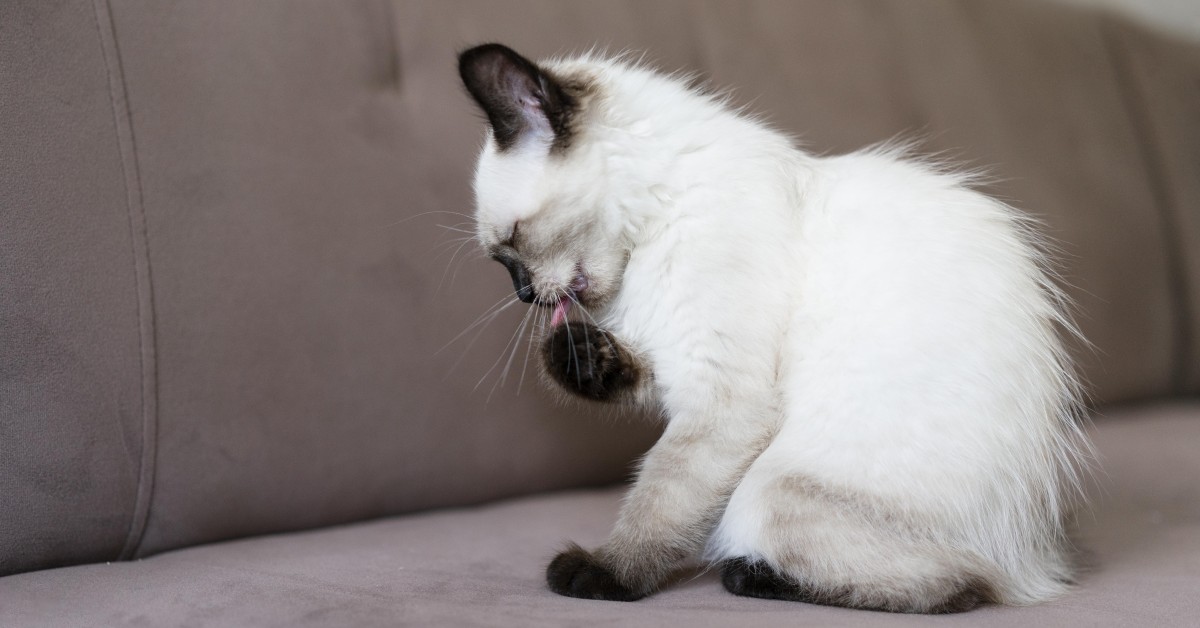Keeping an Eye on Your Pet's Ears
Your pet's ears can develop many problems, from ear mites and infections to tumors -- but these tips can help keep an eye on your best friend’s ears.

If you've ever had a painful or debilitating ear problem, you know how miserable such conditions can be until you get the appropriate evaluation and treatment. Imagine how much more trouble ear problems can cause for dogs and cats, with their more open ear structure and inability to get medical help on their own. The good news is that you can help your pet get through an ear disease or disorder once you know what to look for, when to get help, and how to provide routine preventative care at home.
An Introduction to Your Pet's Ears
Your pet's ears have both similarities and differences to your own. A cat or dog ear uses all the familiar components, including the outer ear, ear drum, middle ear, and inner ear, to conduct sound and aid in balance. However, the ear canals in your pet are much longer and extend much deeper into the head, increasing the risk of ear infections and obstructions. Many cats and dogs have ear flaps that stand straight up, exposing more of the ear to potential injuries and other dangers. In other pets, especially furry earflaps can attract dirt, debris, and pests.
Common Ear Problems in Dogs and Cats
Both dogs and cats can develop similar ear problems. Common issues include:
- Ear Injuries - Foreign objects, bites sustained in fights, and accident injuries can damage a pet's ears.
- Ear mites - Ear mites can invade the outer ears of both dogs and cats, irritating the skin and causing intense discomfort. If your pet scratches the affected ear obsessively, bleeding and other damage may result.
- Ear Infections - Bacteria in the ear canal can cause pain, swelling, discharge, and hearing problems. Allergies, foreign bodies, narrow ear canals, excess hair, mites, ear wax, and underlying health conditions can contribute to ear infections.
- Growths - Polys and tumors can develop inside a pet's ear. While most growths aren't malignant, even a benign one may bleed, cause discomfort, or trigger infections.
Pet Care & Cleaning You Can Do at Home
Fortunately, home ear care and maintenance can lower your pet's risk of ear problems without too much effort on your part. Many pets rarely, if ever, need extensive ear cleaning or other treatment -- especially cats, since they are usually so good at keeping themselves clean. However, dogs that swim or bathe frequently, have lots of ear hair, or produce excess wax may need periodic ear cleaning. Cats that have trouble grooming themselves may also need some extra hygiene assistance.
To make sure an ear problem doesn't sneak up on you, get into the habit of inspecting your pet's ears regularly. If the ears look clean and your pet seems happy and healthy, you don't need to do anything else. However, if you see signs of dirt or wax buildup in the outer ear, a gentle, basic cleaning is in order.
Your veterinarian can recommend a dog-friendly or cat-friendly topical ear cleaning solution. Hold your pet still and drip some of the cleaner into its ear canal, holding the head in place for about half a minute as the cleaner does its work. Let your pet shake its ears out, then wipe away any remaining debris or cleaner with a cotton ball or soft towel.
Sometimes other forms of preventative care can also do favors for your pet's ears. For example, some of the same preventative medications that prevent flea and tick infestations will also help keep mites from living on your pet's skin and making their way into its ears. Ask your veterinarian for advice on which prescribed products might benefit your pet.
When Your Pet's Ears Need Professional Attention
Despite your best preventative ear care efforts, you may find that your pet has developed an ear problem that calls for a trip to the vet. Watch out for the following trouble signs:
- Accumulated blood, dirt, or debris in your pet's ear.
- An oozing discharge from the ear indicating a possible infection.
- Small, dark spots resembling coffee grounds, indicating an ear mite infestation.
- Obvious signs of distress from your pet, such as pawing at the affected ear, head shaking or tilting, balance problems, and face rubbing.
- A foul smell coming from the affected ear.
If your pet shows the hallmark symptoms of an ear infection, you'll want to bring it to the animal hospital right away for a diagnostic check. Repeated or severe infections can do permanent damage to the ear canal and even affect your pet's facial nerves. Early detection and treatment can prevent these complications.
Veterinarians employ many treatment techniques to tackle different pet ear problems. Prescription-strength antibiotics can resolve a bacterial infection, while topical medications can kill an acute ear mite infestation. Surgical procedures may be used to extract tissue samples for biopsy, repair injuries, and remove tumors or polyps.
As you can see, a little vigilance, attention, and proper hygiene can go a long way toward helping your dog or cat enjoy healthier ears. At the same time, stand ready to respond immediately to a potentially harmful infection or disorder. If you have any worries about your pet's ears and you're not sure how to address the problem, contact your veterinarian to schedule a diagnostic exam and any treatment your four-legged friend might need.
Ready to start saving money on pet wellness care?
Then take a look at Mint Wellness, the pet wellness plan that provides fast reimbursement on routine pet care. Save on vaccinations, wellness exams, preventatives, dental, and more!
Learn More


